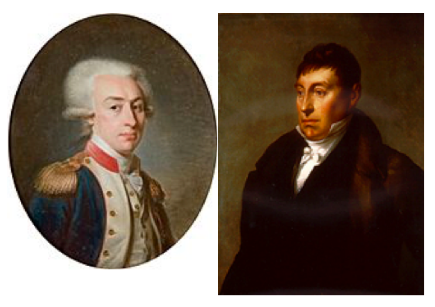
History Through…Fashion

History Through…
…Clothing (This activity is ungraded and need not be answered)
Our clothes are costumes that transmit important information about us: our job, social status, taste, and personality. Clothing also shapes our bodies and symbolizes distinctions in social class and outlook.
Clothing is not simply protection against the weather or a way to protect or hide various parts of the body. It also expresses a person’s identity. Clothes can express one’s occupation. Examples include a doctor’s scrubs or a business person’s tailored suit or a priest’s vestments. Or clothes can symbolize a person’s values. Blue jeans can be work pants, or can express disdain for formality and convention.
Expectations about age, gender, and social class are often expressed through clothes. Clothes that are appropriate at one stage of life might be considered inappropriate for those who are older. Pants, which for a long time were considered inappropriate for women, are now commonly worn by both women and men. For a long time, certain kinds of dress, such as overalls or work shirts, were only considered appropriate for farm or factory workers
Fashion is not simply decorative. Fashion is also a barometer of social and cultural change.
Contact across geographical and cultural boundaries has had a profound effect on dress. During the eleventh century, the Crusades prompted a craze for eastern textiles across Europe. Robes, veils, embroidery, patterns on textiles, tailored leggings, flowing skirts, and silk, and other lightweight fabrics became popular. A carefully crafted hierarchy of fashion, with certain clothing and certain colors (such as purple) appropriate only for those of the highest rank, began to break down.
The vest (or waistcoat), a sleeveless under-coat, was introduced in the 1500s, reflecting Persian and Turkish influences. Cotton cloth and cashmere shawls arrived in the West from India during the eighteenth century; pajamas arrived from the sub-Continent in the late nineteenth century.
Some of the most far-reaching changes in dress took place during the Age of Revolution, the period of radical political and societal transformation stretching from the 1770s until 1820. A younger generation abandoned the fashions of its elders. Younger men discarded wigs, stopped powdering their hair and faces, and dumped knee-breeches and calf-length stockings for looser-fitting ankle-length trousers. Young women, inspired by the classical ideals of democratic Greece and Republican Rome, women favored high waisted dresses, a natural figure, and light, flowing gowns.
